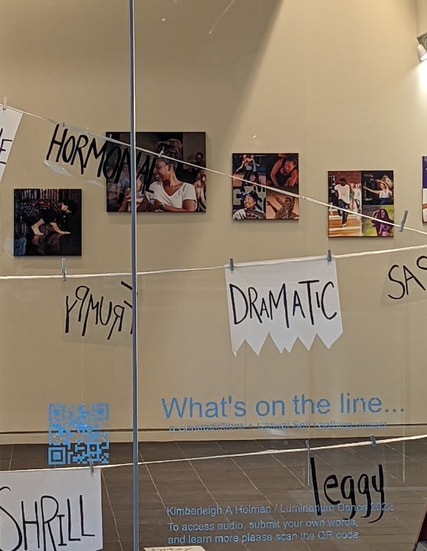 Photo Credit: karen Krolak Photo Credit: karen Krolak Recently Steve Wightman asked us about how local choreographers are adapting to the uncertainties of presenting work at this stage in the pandemic. As co-Artistic Director, karen Krolak replied, we were inspired to start a new series for the C2C blog. After helping to install Kimberleigh Holman’s installation What’s on the Line… (WOTL), at The Dance Complex’s Complex @ Canal space last week, karen thought this could be an excellent project to kick things off. Thanks Steve for for stirring up this conversation and to BioMed Realty and The Dance Complex for providing the Complex @ Canal space. Complex @ Canal is at 650 E Kendall St Cambridge, MA 02142. WOTL can be viewed from outside or inside the building which is accessible to people who use mobility devices. More information on the exhibit and related audio files about the piece can be found here. Look out on The Dance Complex's blog too, we may soon continue this interview there! karen: Folks around Monkeyhouse know you as a choreographer and lighting designer, how did you get into creating a public art piece? Kimberleigh Holman: It’s been a bit of an identity crisis spun out of a need to take action, if we’re being totally honest. My MFA is in Interdisciplinary Arts with a Performance Creation Concentration (Goddard College) and while I also love to make what I consider installation work, it’s usually durational performance for, say, bodies in landscape or unusual settings. I love to utilize my knowledge in lighting, sound creation, and other methods of performance to make interdisciplinary work, where the elements interweave to strengthen the work as a whole, but it’s never taken the form of public art. That being said, it’s tough to sit around while hearing blow after blow for women’s rights and bodily autonomy in our news. It’s hard to hear stories from friends about their experiences with gender-based violence as a subsection of our country gets more emboldened in the political climate over the last few years especially. I feel like while I vote, and donate, and show up, we are still in a constant downward spiral in regard to how very human issues are politicized. What I CAN do is take this clothesline (from last fall’s Contradictions + Casual Self Loathing) that is always a conversation piece, put it in public spaces, and feel like I’m taking action—opening a door for people to talk with one another about their experiences with words that are predominantly used for women, and make some small scale change. Hence What’s on the Line… and thanks to the generosity of the arts spaces that are eager to house it, this step into public art. kK: Since I was dramaturg for Contradictions + Casual Self Loathing, I wonder if I can slip that hat back on for a moment and ask you to share a bit about how you chose the words for this installation. KH: We (myself, the performers, you) started generating this list of words that predominantly get used for women in both a virtual book club meeting and in rehearsal for Contradictions + Casual Self Loathing. I knew I wanted the visual of these often-derogatory—sometimes shocking—words being hung on a clothesline onstage. The juxtaposition of domestic labor and these language norms as things that are both given little thought appealed to me. Interview subjects from my research phase generously contributed some. Of course friends and family added theirs… even my husband gave me a jaw-dropper he’d heard in a work setting years ago. The funny part is that since we started listing these “words for women”, we haven’t stopped. Every time the line goes up, there are new words. Audience members at Contradictions’ debut in Dedham were eager to chime in with some of their own. We also recently installed What’s on the Line… at Bellforge Arts Center (Medfield) where viewers were quick to chime in with words (and the related stories) from their life experiences, and as I write this WOTL has been up at Complex @ Canal in Kendall Square for about a day and I’ve already received a dozen or so new additions. I keep a spreadsheet with where they came from, and I’m curious to start looking for trends in our ever-growing crowdsourced list. kK: As you were talking about questions of access to care, I was reflecting on how that intersects with accessibility in a general sense. You were just part of the 2022 ILN network, how did that program influence installing WOTL? KH: A lot of the education provided by Mass Cultural Council’s Universal Participation Initiative/ILN program is centered on access in cultural spaces, especially in museum settings. In installing WOTL I wanted to make sure that the QR codes that explain the installation are accessible from all heights, and the installation itself is viewable from all angles—floor to air. While it is currently a very visual experience, the website page that accompanies the work provides descriptions of the project, alt text on images, and audio in the form of both an artist statement and also a fifteen-minute track to listen to that can stand alone, or accompany the viewing experience. It’s also potentially difficult and triggering subject matter, so I gave a lot of thought in how to present it in a way that gives a viewer the time and space they may need to do so. I hope to eventually be working with a budget for this project that enables full access! kK: On a side note, I know you performed Maine this weekend and that you had to juggle things a bit due to COVID cases in Luminarium. Did you find that going through ILN helped you navigate that challenge? KH: I think ILN reinforced a human-first philosophy that I’ve always tried to work with, since I started making performance with others. We live in complicated times, things happen, and health and safety come first… the people come first. kK: How was jumping back into your trio, Getting There is Half the Battle, to take the place of your dancer? KH: It’s interesting to insert yourself back into physical work you’re familiar with at different stages in your life. I last did that piece (filling in for another dancer, actually) in 2016-ish, and revisiting it in 2022 was like taking a census of all that’s changed in my body (less hip mobility, more leg strength, etc) as I would dance the movement and it felt different. It was a bit of a stressor as I was dancing alongside newer Luminarium dancers Angie Benitez and Katrina Conte, and both of them are so brilliantly in tune with not just learning and dancing new movement but making the work their own, but ultimately it was exciting to have one rehearsal to insert myself into a piece and take it up to Acadia Dance Festival. We had a really engaged and appreciative audience, so that made it all the better. A good skills check!
2 Comments
Sam Mullen: How does it feel to set Firk II on new dancers? karen Krolak: Mostly, I am glad that the piece is getting a new life. If there is one thing that I have learned by setting in on you and Olivia and Sarah, it is that my body used to be much more fluid and flexible...seventeen years ago when first built it. There is something humbling about a piece being able to have a long life span in this ephemeral medium. So often pieces just get performed over the course of one or two weekends and then vanish forever. SM: Can you remind me, how did Firk II get developed? kK: When Monkeyhouse was on tour in the summer of 2001, we became obsessed with the Oxford English Dictionary in the van. We discovered a mutual love of archaic words and when we began applying to festivals in the fall for our 2002 tour, we decided to create a choose your own adventure concert, titled Anablep and Other Oddities, where audience members ordered from a menu of titles based on these outdated gems. Looking back, I wonder how much our interest in obsolescence was related to how fundamentally our world shifted after 9/11. And now, I am drawing parallels to finding solace in a dictionary at a time when the unimaginable happened and thousands of Americans died in 2001 and then how I began the Dictionary of Negative Space in response to the devastating lose of my family members in 2012. I suppose we will probably touch on that in a minute. So back to Firk. this four letter word has a long and amusing history. Originally it meant to bring or carry then it evolved into urging oneself forward, eventually it became to urge or drive (like an animal) then it meant to cheat or make a living by cheating and was used to describe pick pockets and lawyers. You can see so much about how the collective mind of a culture works through this monosyllabic blast from the past. Audiences all over the country loved the interactive format of Anablep and Other Oddities and often came back to see the shows on multiple nights. If memory serves me right, we never managed to do the exact same show twice, which was great for the way that my brain works. SM: Wow, I wish that I could have seen that show. I love your Dictionary of Negative Space and I know that there are a few pieces related to it in re{ACT} re{BUILD} re{COLLECT}. Have you considered presenting a choose you own adventure concert of pieces inspired by entries in the Dictionary of Negative Space? kK: Actually, I have thought about creating something like that in the future. People often ask me how they are supposed to explore the online version of the dictionary as if there is one correct way through it. Much like grief itself, though, each individual has to find a way to muddle through it. SM: Oh, I am so excited about this idea. kK: Developing enough pieces to organize into a choose your own adventure format is going to take a couple of years, however. One of the conversations that has popped up during conversations with DeAnna Pellacchia of KAIROS dance through our I-ARE residencies has focused around how to build ambitious dance theater projects. Residency programs, like the ones at the Dance Complex, are vital to choreographers who want to develop big ideas into productions. The I-ARE residency, for example, has given me two opportunities for feedback from outside artists, an incredible amount of rehearsal space, a chance to test out workshops related to my project, and publicity support. You know that I am a vocal advocate for mentoring and I am so thankful to have time with Peter DiMuro, Rachel Roccoberton, and Daniel McCusker as I create...especially because this project is so personal for me. You can catch Karen at
re{ACT} re{BUILD} re{COLLECT} on March 29-30th at the Multicultural Arts Center in Cambridge, MA Get your tickets today for $5 off the door price!
Musing Prompt #46.329 (premiere) Improvisation Prompt by Karen Krolak Performed by Caleb Howe, Elyssa Berg, Nicole Harris, Olivia Scharff and Sam Mullen Music by Twink the Toy Piano Band Special Thanks to Aisha Cruse Ukiyo (premiere) Choreographed by Nicole Harris Performed by Sarah Friswell Cotton, Olivia Scharff, Nicole Harris Costumes by Nicole Harris Special Thanks to Kelsey Griffith, Impulse Dance Center Ukiyo (Japanese) - the “floating world”; a place of fleeting beauty and living in the moment, detached from the bothers of life. [220] (premiere) Choreographed by Karen Krolak in collaboration with Sam Mullen Performed by Sam Mullen Music by Twink the Toy Piano Band Sam would like to thank Karen for the encouragement, freedom of expression and constant support. www.DictionaryofNegativeSpace.com
4 things (2018) Choreographed by Elizabeth Powers in collaboration with the dancers Performed by Michelle Boilard, Michela Doherty, Sarah Feinberg, and Elizabeth Powers Music by Mystified Costumes by Elizabeth Powers
Voetstoots (premiere) Choreographed and Performed by Caleb Howe and Nicole Harris Music by Francois Couture Sound Design by Nicole Harris Umbrella Design by Karen Krolak Special Thanks to Karen Krolak and Peter-John de Kock Voetstoots (Afrikaans) - refers to something, usually sold, with all its faults and without guarantees - “As is” * Created as part of Monkeyhouse’s Choreography Mentorship Program
by Karen Krolak Nicole enjoyed interviewing the other choreographers we are working with, but Karen stepped in when it came time to interview the choreographers of Voetstoots, Caleb Howe and Nicole herself. Here are their thoughts on collaboration, the choreographic process and working together. Nicole and Caleb will also be dancing in work by Elizabeth Powers, Karen Krolak and Elyssa Berg. reACT reBUILD reCOLLECT Friday, July 27th @ 8pm 665 Salem St, Malden, MA Tickets available here for only $10 if you use the VIP Code MH10. VIP tickets are not available at the door so get yours today! karen Krolak: Lots of people loath collaborating. What drew the two of you to want to build something together? Caleb Howe & Nicole Harris: We improvise well together. We’ve had a lot of opportunity to experiment with movement together over the last year and while we are both happy with what comes out of those exercises, this was an opportunity to see what could happen with a more prolonged process. Caleb has never choreographed before, and so collaborating gave him the opportunity to build a piece without having to take on everything at once. kK: Can you describe how this piece grew out of specific Musing exercises? C: When you first made the umbrellas during the first generation of what later became the Dictionary of Negative Space, they had a very different intent than the prompts you gave when you brought them into rehearsal back in March. You handed an umbrella to me and asked Nicole to coax me out from underneath it. We were the only two in attendance which gave us the opportunity to do a lot in a short amount of time. Working with the same partner over and over again allowed us to build an understanding of how the umbrella moves even as the specifics of the prompt changed. N: When we left the studio that day both Caleb and I were interested in continuing to play with the ideas you had introduced. Knowing you and what you know of the roles depression and anxiety can play in both mine and Caleb's lives, I am not surprised that you selected those particular prompts for us. When we got in the studio this spring we tried to stay true to the idea of finding the ways you can help support another person, even when that means temporarily setting your own problems to the side. The idea of the umbrella expanded and the journey of the characters developed, but the seed of the piece continues to be that same exercise of two people supportively coaxing each other. kK: Caleb, how did the umbrella shape your movement choices? C: Much of the movement that Monkeyhouse is drawn to tends to be very grounded, either on the floor or with hands on the floor. The umbrella does not like to be upside down and so it restricts choices and required me to find more upright movement. While I do have some background in ballroom dance, the choice to use it here came much more from the restrictions the umbrella posed than simply relying on what I knew. kK: Nicole, this is the first time the you have collaborated with Caleb on choreographing a piece, how was the process different than other choreographers in Monkeyhouse?
N: Since I have primarily collaborated with you for the last 18 years, we have developed a shorthand (both verbal and physical) in working together which doesn’t exists yet with Caleb, so the experience was very different in that regard. I think my biggest challenge was making sure I supported Caleb, who hasn’t choreographed a piece before, in a way that didn’t impose my own agenda on the work or the process. kK: Caleb, what were some of the challenges you dealt with as you choreographed a piece for the first time? C: I don’t have any training as a dancer, The challenge for me building this piece was not having a movement vocabulary to draw upon, and having to construct each of the movements from scratch. N: Caleb described it to me as being similar to when a child learns to read or write. They don’t yet have the experience to recognize entire words but instead process each letter one at a time. I thought that was a really great analogy for what I saw in working with Caleb. kK: Nicole - how did you find the music for this duet? N: Before we knew what the piece was going to be we were playing Pink Martini’s “Hang on Little Tomato” in rehearsal. The movement instantly began to transform itself. However we knew we would not get the rights to Pink Martini’s music, so we slowly introduced other pieces of music discovered on Ilicensemusic.com until we found the right combination of what we were looking for, not too fast, no lyrics, not too heavy a swing. Once the music was selected I did a little editing to the beginning to help support the story we are trying to tell.
Nicole Harris: You are building two solos for this performance. karen Krolak: Yes, through the Musings this year, I began to explore some choreographic ideas related to The Dictionary of Negative Space: an interdisciplinary lament. N: Can you talk a little about what the dictionary is and how the pieces relate to it? kK: The dictionary began as my thesis project for my MFA in Interdisciplinary Arts at Sierra Nevada College. It examines the negative space within the English language, the vast chasms of unnamed ideas related to mourning, trauma, and repair and it was inspired by the car accident that killed my mother, father, and older brother in 2012. By the time we began to plan Re act…, I had a two ideas for pieces based off of this research.
kK: So, in the Dictionary of Negative Space, entries are labeled by the number in the bracket. For instance, [1] is the place where a deceased person was last seen alive by the speaker. Exactly two weeks before the accident, my father, Kwaq7aj’, and I went to see Monkeyhouse’s creation in Luminarium’s very first 24hr ChoreoFest. I decided to create a choreographic score to guide someone from the Dance Complex to the place where we said goodbye that day. When I began mapping out these activities, a little more than 5 years had already passed. Odd, I just remembered that I started working on the score after I left a showing that Luminarium presented at Green Street Studios this fall. Anyway, it was challenging to recreate exactly what happened. How long did we wait for the walk signal? Where exactly was our table when we sat down to eat? Since I did not know that this would be my last outing with my father, I did not memorize as many details as I wanted later. More importantly, I realized that I had tricked myself into thinking that this was my father’s [1] because in reality both of my parent’s [1] no longer exists. That place was destroyed a few years after the accident. I had latched onto the goodbye from the day of ChoreoFest because my brain clearly did not want to deal with another missing thing. As I wrote out everything that was tangled up in my head, I realized that I was not writing instructions for my father’s [1]. I was writing out my father’s aaaaaaaaa[13] (n.[usually plural] activities that seem ordinary but take on new significance when they are the last moments spent with someone). I edited my thoughts down to just the verbs to emphasize those actions.
N: The one for Olivia Scharff was also influenced by a walk you went on in Malden Center. Can you explain what you saw on the walk and what path the idea took once you were in the studio with Olivia? kK: Right, I had received an email from Mobius and discovered that they were planning some dadamobile events in Boston at the Farmer’s Market on Copley Square. One of them was just a few hours after the email arrived and I had some free time. Two moments on that trip sparked an idea of how to approach this solo. First, while I was sitting near Copley over by the Finish Line for the Boston Marathon, a man approached me to use my phone. Having just recently adjusted to a new phone, I was hesitant to hand it over to a stranger. He was clearly in distress and wanted help to contact a medical clinic. I offered to call the clinic for him. As we navigated the phone tree, things got very frantic and confusing for him. He was in a treatment program for opioid addiction and had missed the time that he was supposed to contact his nurse that day. While he and I were sharing the phone in this awkward uncomfortable duet, people were just rushing by us and stepping over us. It was very similar to the feeling of Elizabeth’s phrase from that Musing. Then on the way home from the T in Malden Center, I was behind three strings of children on walking ropes. I was still worrying about the man from Copley. Juxtaposing the security and calm of these kids making their way to the Ed Emberley Park against the man’s isolation and despair, I began to wonder about a person who realizes that they are all alone on their walking rope. Once again, I understood that I was exploring yet another entry from the dictionary but I will let people guess about which one until they come to the show.
Photo by Paradise Photo. Graphic by Nicole Harris A conversation between the two choreographers for this years choreographic mentorship program; Elizabeth Powers and Elyssa Berg. EB: You just recently finished school at Roger Williams University this past May, what have you been up to since graduation? EP: I am currently living in Providence, RI and working as a teaching artist in a middle school where I work with teachers to integrate arts into the academic curriculum. I'm taking classes and dancing in various projects around the Boston and Providence areas. I'm also working on creating some new work that pushes me into a different mode of creating movement. EB: So now that you have a chance to pursue new ideas what are you finding yourself most interested in exploring as a choreographer? EP: As a choreographer a lot of my interests come from thoughts. I am really interested in people and how they work. I think that dance and movement facilitate exploration of these sorts of topics. I am also interested in exploring the possibilities of improvisation. I like to create improvisation scores that involve challenges or problems that have to be solved by doing the improvisation. Personally I use this method as a way to get myself to create movement that is different from what I usually do. I find that improvisation allows dancers to constantly be pushing the limitations of movement without getting stuck in a pattern, or at least provides the option of editing a score to create an escape from the pattern. I am also interested in using improvisation within the structure of a final piece. I get sick of doing the same thing all the time and am interested in the ways that a piece can be different every time that it is performed while it is still the same piece. EB: It sounds like you are trying to push yourself to constantly change and try new approaches and tools, where do you find most of your inspiration for these new ideas comes from? EP: A lot of my inspiration comes from watching dance. When I need to come up with an idea for a piece, going to see a good show always brings me into that mindset and gives me ideas to play with. I'm also inspired by relationships and observations throughout daily life. I find that the movement that is constantly occurring everyday is often as interesting as any movement that we classify as dance, when it's put in the appropriate context. EB: You are about to begin the process of creating a piece for NACHMO, as you start this process and other processes what would you say is your biggest challenge in creating a new work? EP: My biggest challenge when creating work is probably choosing what to focus on. I often have a lot of completely random ideas and so choosing which ideas to focus on is a challenge. I like to let ideas develop and pull my work in a certain direction, but before I can do that, I have to choose which ideas to give that power to. Sometimes I'll let a piece go in one direction for a while before deciding that isn't where it is supposed to go, so being open to giving a piece multiple chances to identify itself is important to me. EB: Do you have any plans for the near future? Are there any goals or things you would like to accomplish in the next five years or so? EP: Honestly the only thing that I know I still want to be doing in five years is dancing. I want to be creating and sharing work regularly. I want to work with populations who have varying abilities as well as share the power of movement with anyone who could benefit from it. I want to be moving in a different way than I am right now. There are so many different ways to move and in my 22 years of life I have just scratched the surface. EB: As you have had a long relationship with Monkeyhouse what would you say is your favorite part about working with the company? EP: I love that I get to work with people who are so willing to try and to support. I can go into a musing with a weird idea or a hand gesture and come out with something really interesting. Also working with people like Karen and Nicole who have been teaching me dance since I was a kid is amazing because I know that they won't hesitate to push me out of my comfort zone but they will also help me make sense of things when they seem to be going nowhere. So, my favorite part of working with Monkeyhouse is being able to work with a community of dancers who will accept crazy ideas and make something out of anything that they are given.
N: What is your goal as the "choreographic guru"? kK: I just want to be able to offer another set of eyes and ears for the choreographers. Having participated as a choreographer in Choreofest, I understand how overwhelming the process can be and know that sometimes all a person needs is a friendly voice to say, "This looks amazing." My early experiences as a pee wee cheerleader in Nashville and Atlanta are great assets over the course of the night. However, if somebody needs more, I am happy to help sort through tangled up moments too. I think it is important, however to respect the each choreographer's creative process and not to impose my own onto them.
N: Why is mentoring so important to you?
kK: I have been really fortunate to have found many wonderful mentors in my life several of whom have since passed away. Can you imagine what quagmires I would still be stuck in without them? More importantly, my mentors did not try to mold me to be like them or to create the same way that they did. They nudged, cajoled, and sometimes kicked my toukas but they let me discover my own voice, own weird way of wrestling with ideas. Passing on their ways of guiding people and sharing their advice is my way of keeping their legacy alive. |
Categories
All
Archives
April 2023
|
MONKEYHOUSE
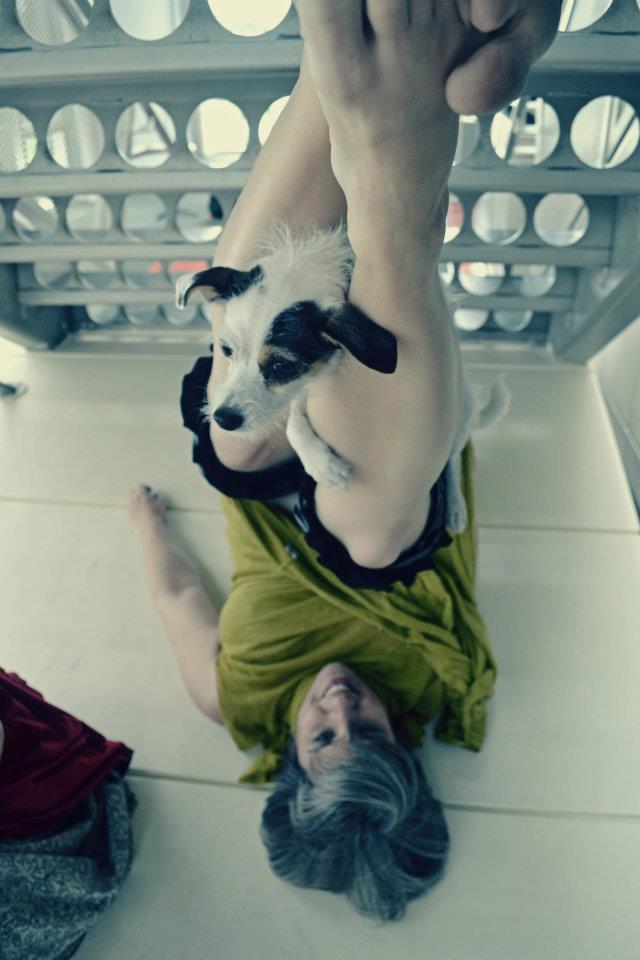
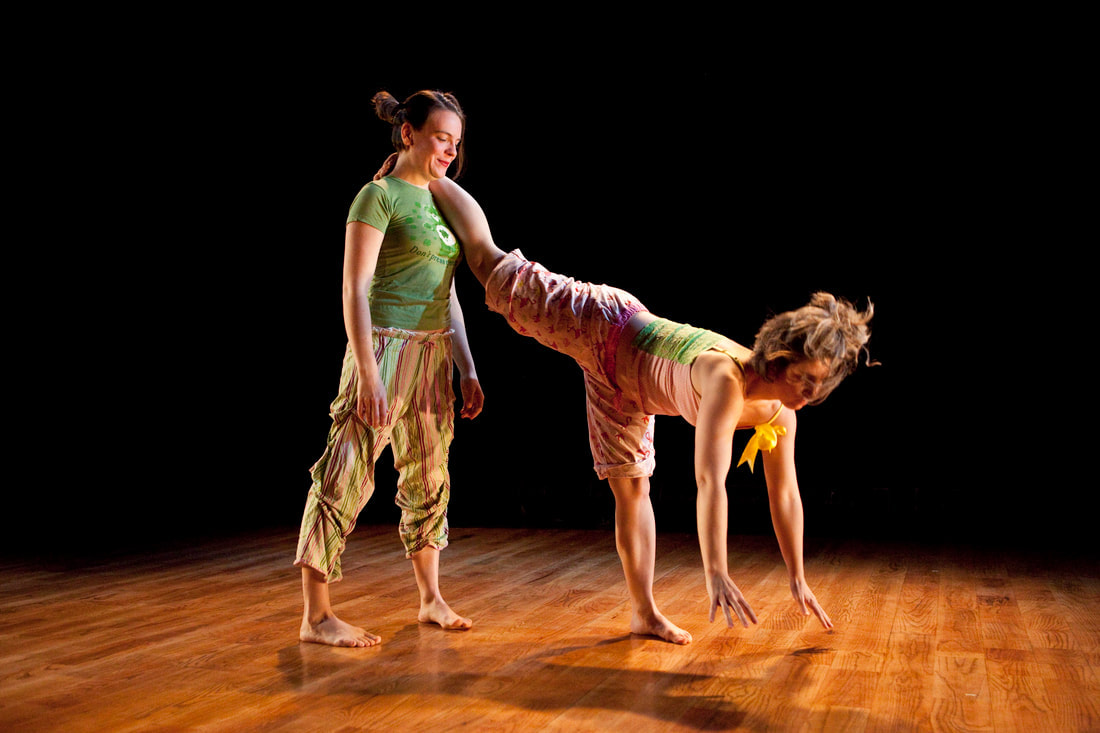
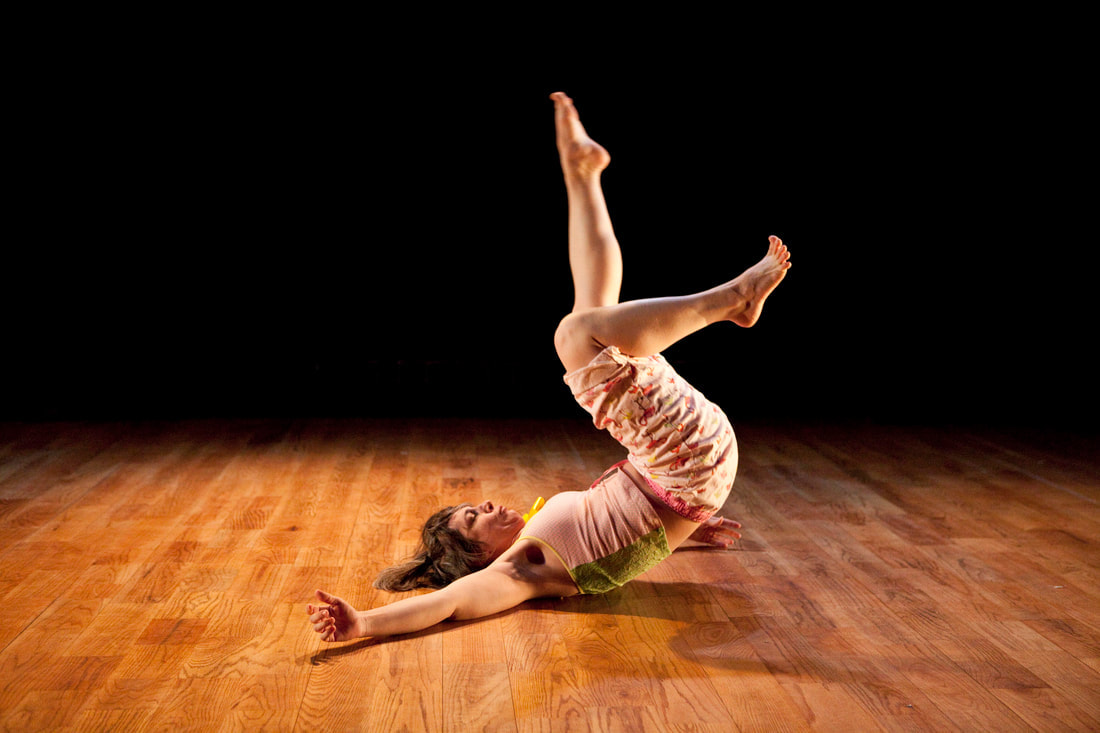

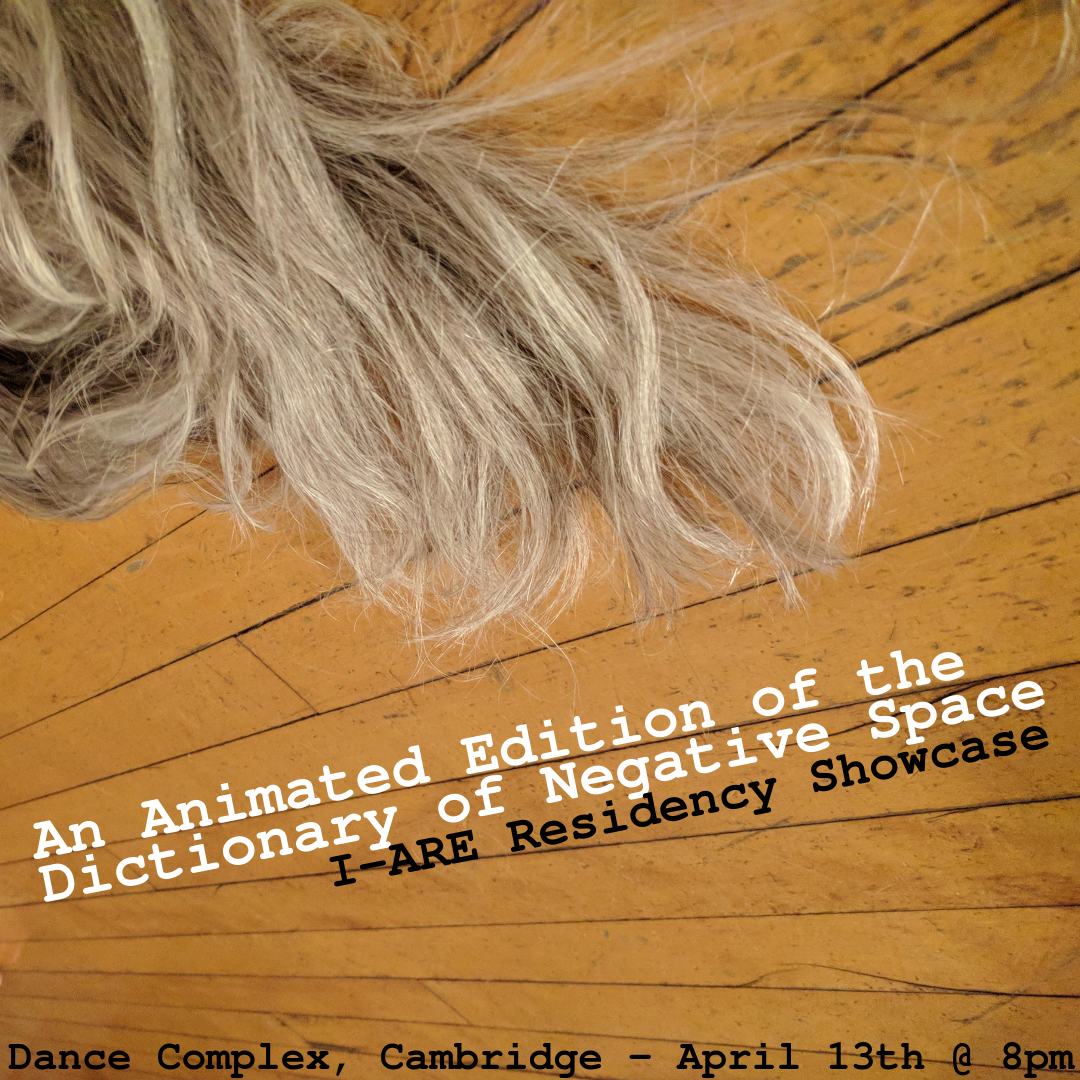
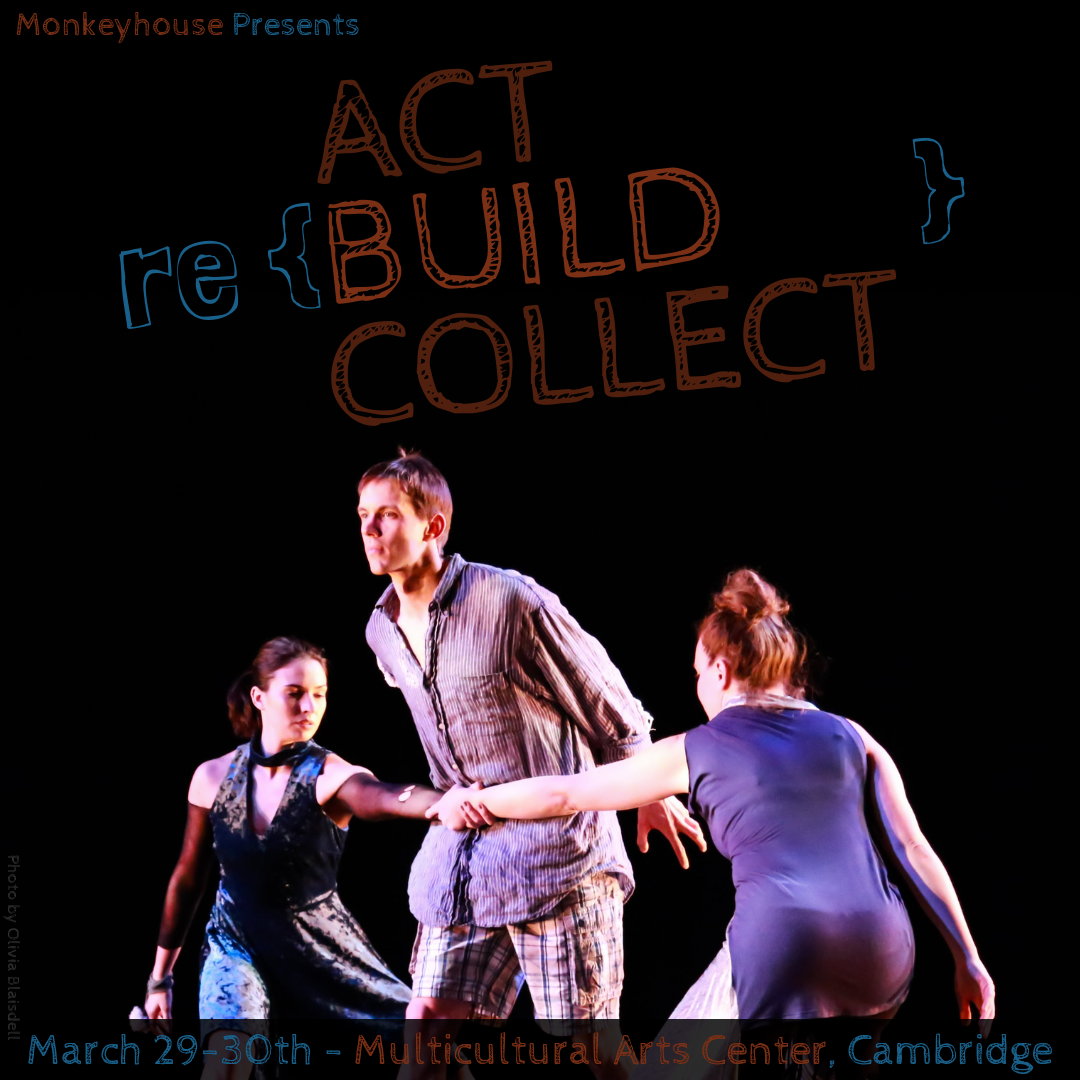
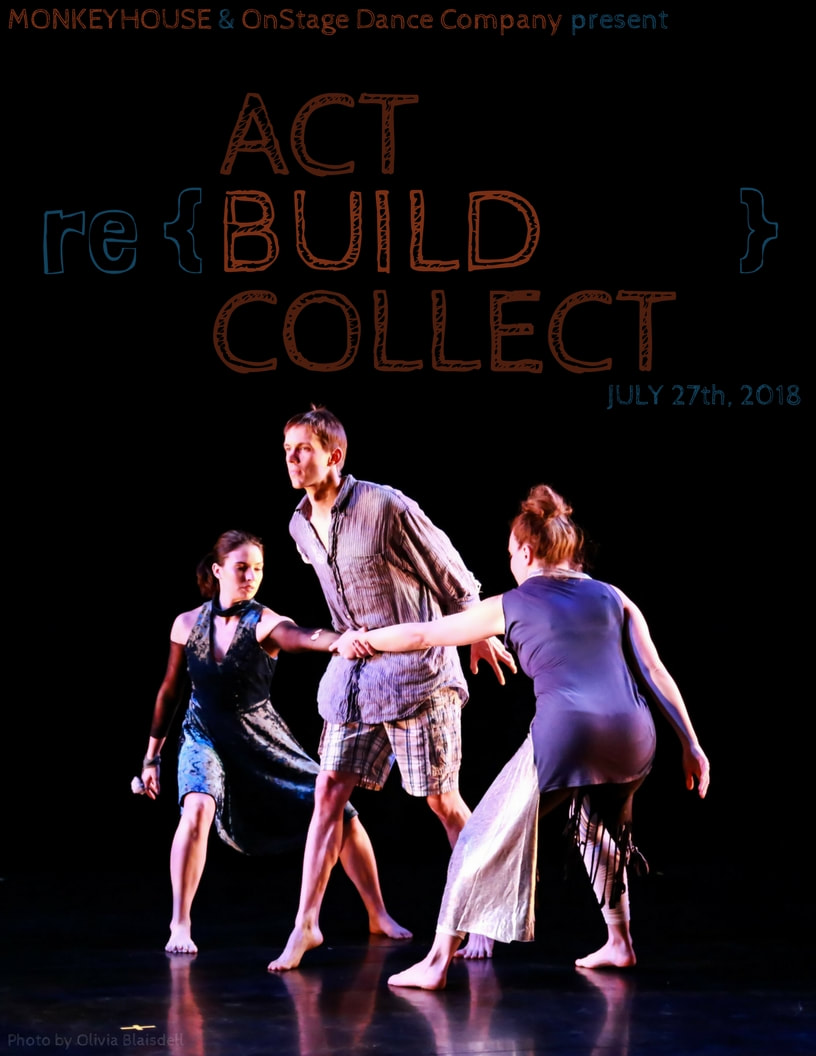
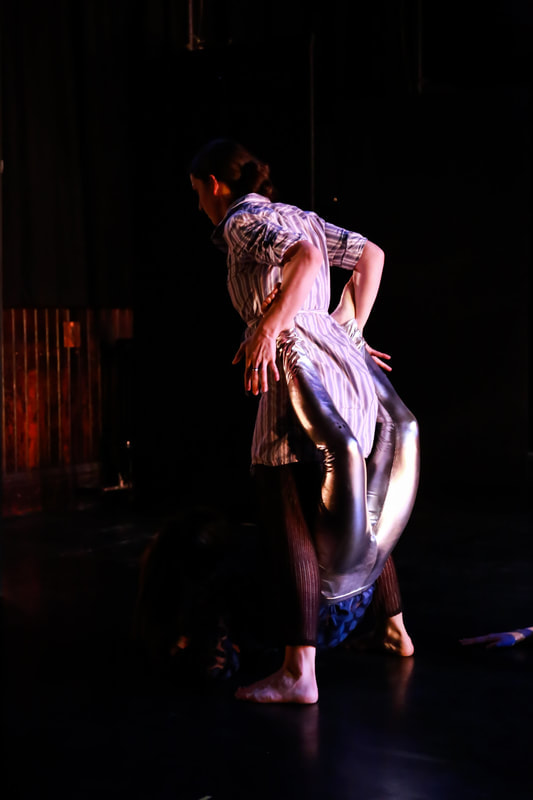
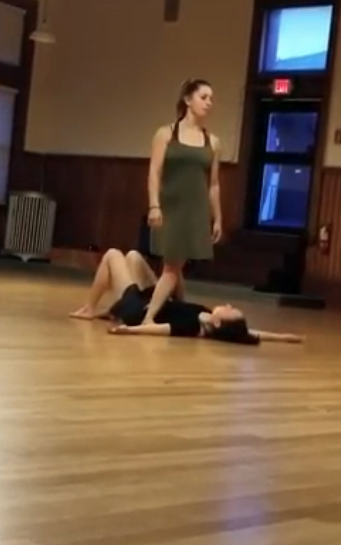
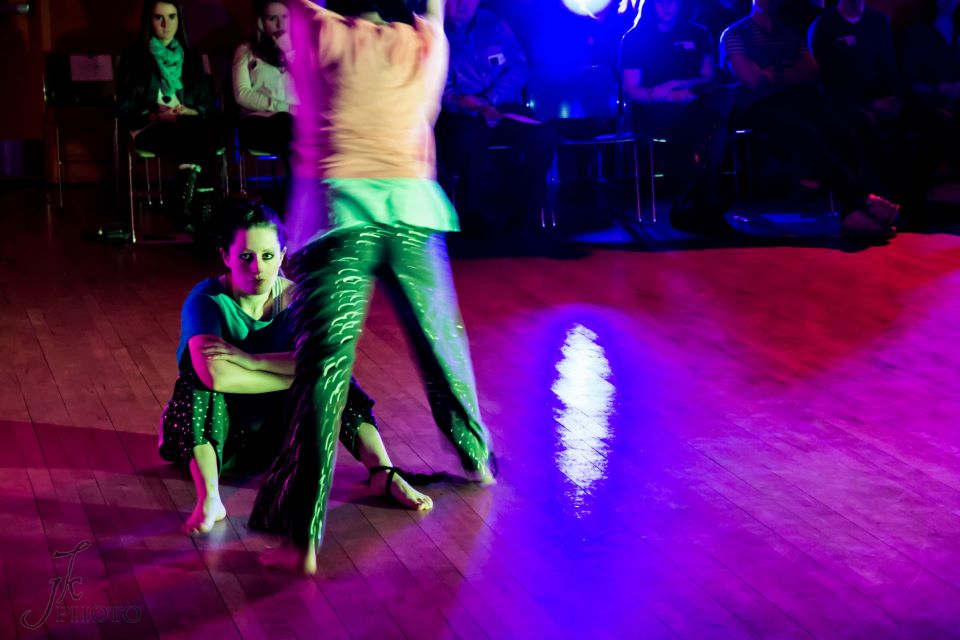
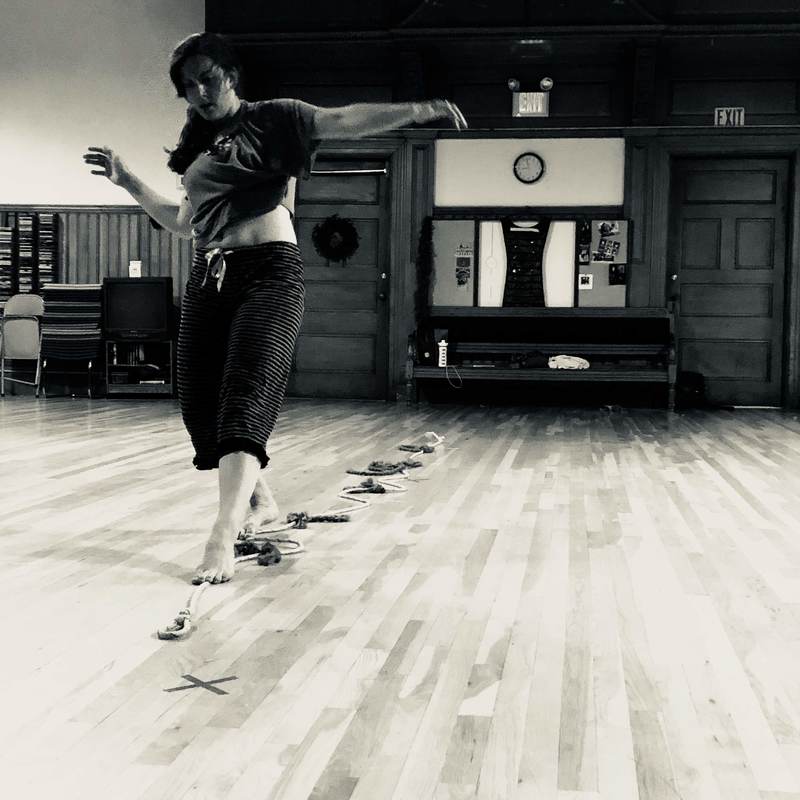
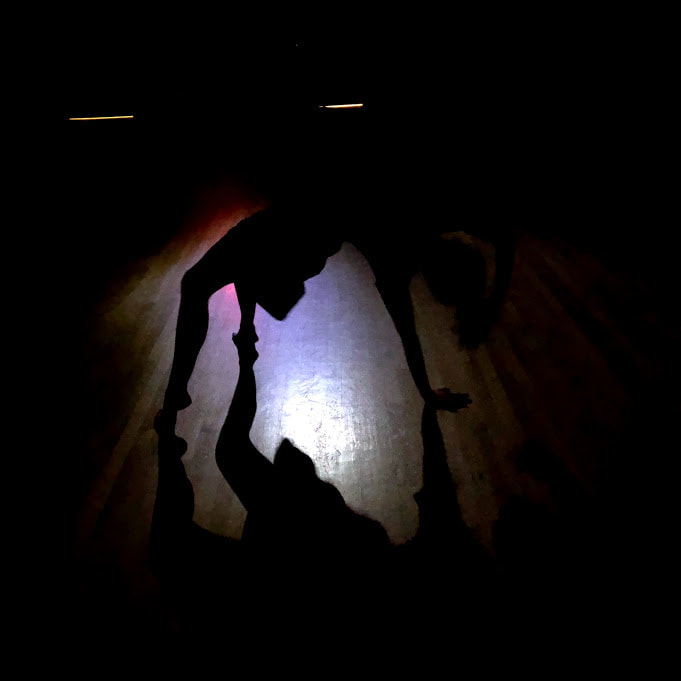
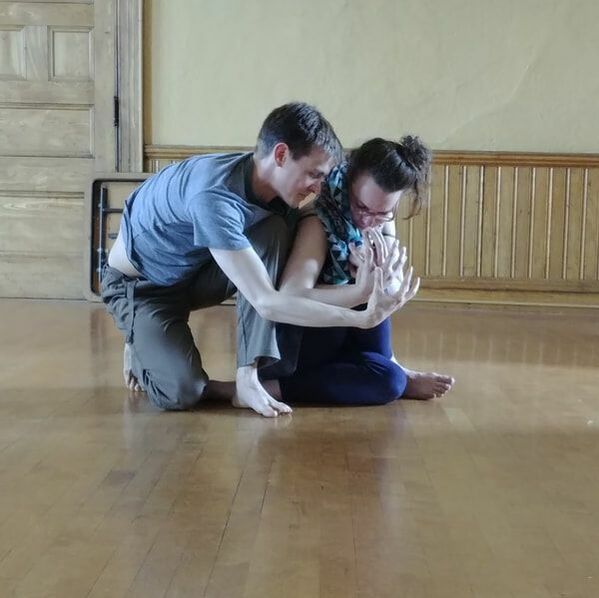
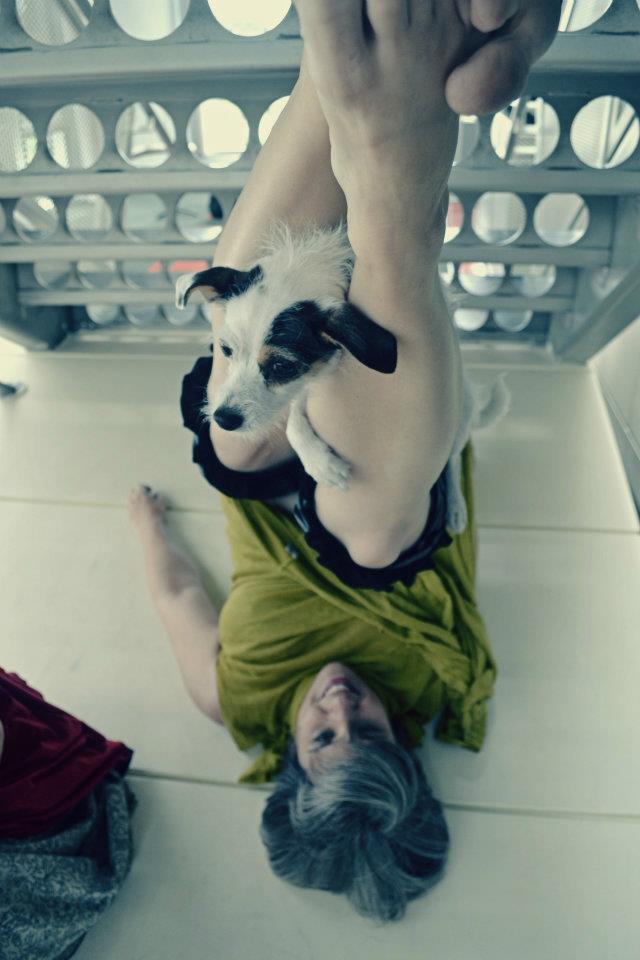
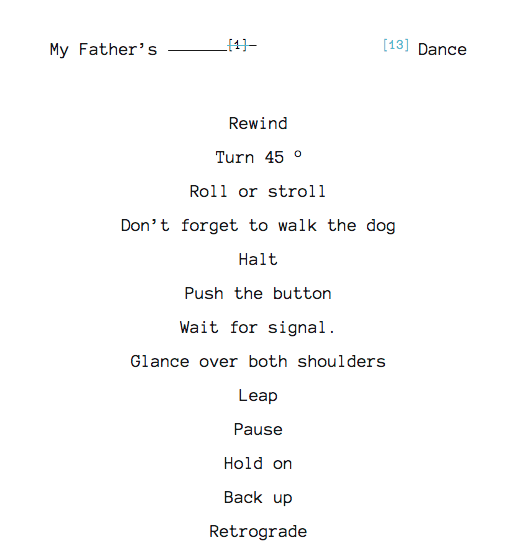
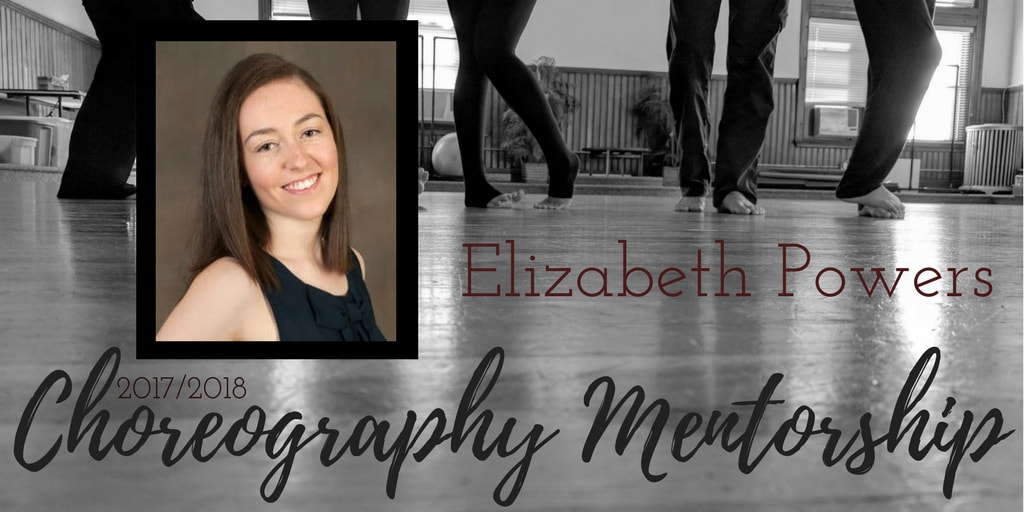
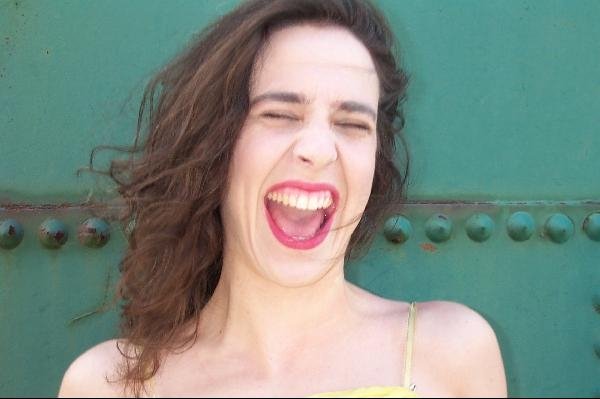
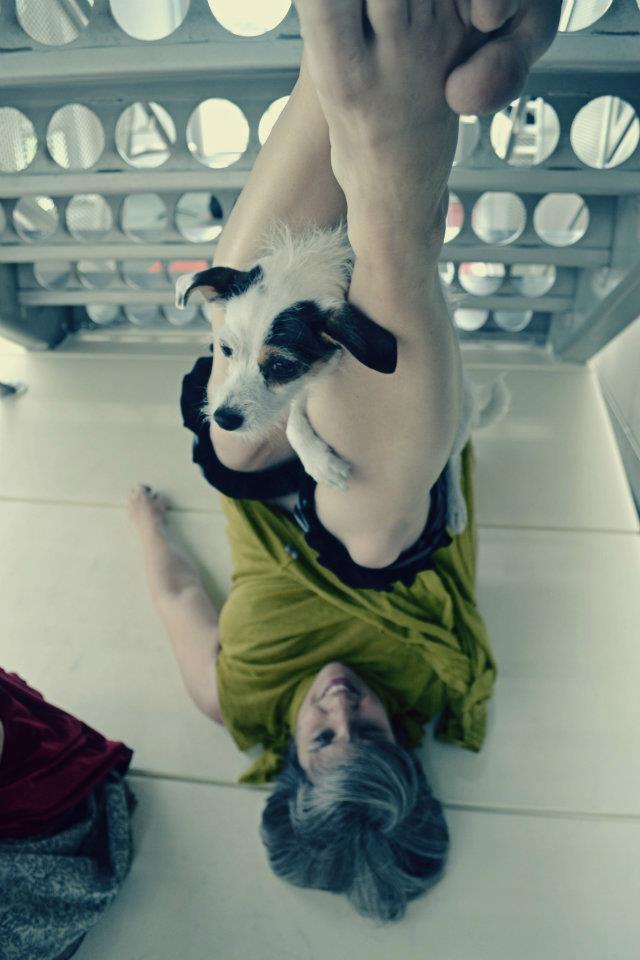
 RSS Feed
RSS Feed
